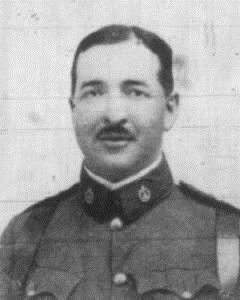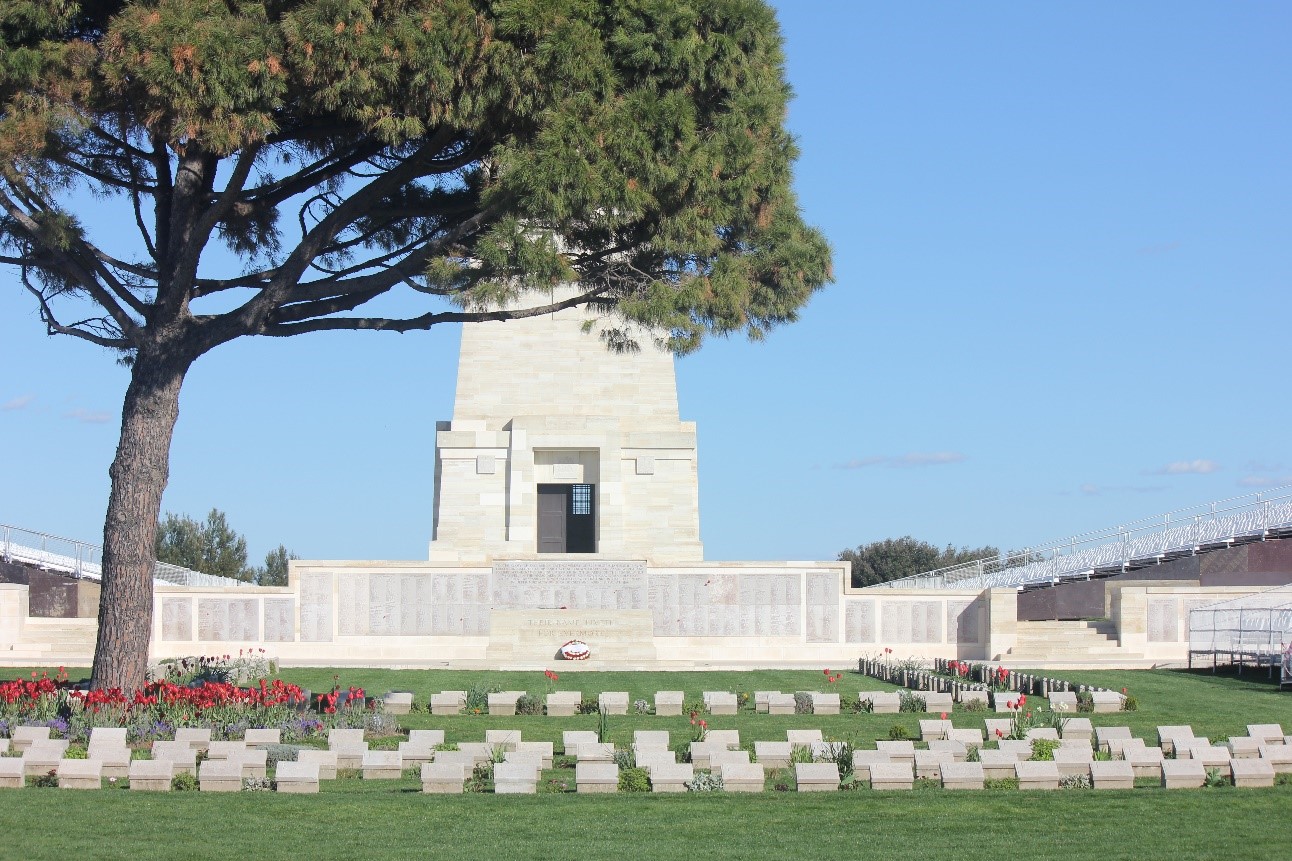George Concanon was unlike most of the men in the AIF for several reasons; he was from a particular and privileged stratum of society. Brisbane-born (Fortitude Valley) on 4 February1881, he was the “son of William Augustus Concanon and Elizabeth Lloyd Jenkins (his wife), husband of Evelyn Etta Concanon of . . Wahroonga” (CWGC). He was educated at The Armidale School (TAS) and Toowoomba Grammar School (1890-1894). TAS information has him as “from Toowoomba” where his father worked as a doctor. He attended The Leys School, Cambridge (1896 – He was a prefect and won First Colours at Football) and King’s College, Cambridge University, in England. Although ill health intervened and prevented his graduation from Cambridge, he was nonetheless remarkably talented. He could translate Greek and Latin into English verse and was “qualified to speak French and German”. He was also a prominent sportsman. He served as a 2/Lieutenant in the Sherwood Foresters of the Manchester Regiment in 1901; was a major in the 19th Infantry, Citizen Forces. He travelled widely in Europe and the Americas before he married and settled in Sydney. In 1914 he stated his occupation as “independent means”, and his address as c/- The National Bank of Australasia, Pitt Street, Sydney. His military service record bears out the picture of an extraordinary and very brave man. He also served in 1st Battalion Irish Rifles as a Lieutenant in 1911.
It seems that George presented himself for service as soon as war was declared on 4 August 1914. He was noted as “Provisional Captain” on 17 August, formally enlisted on 23 August and was “rank confirmed” on 27 August. He was appointed CO of H Company, 2nd Battalion, and sailed from Sydney on 18 October 1914 aboard A23 Suffolk, bound for Egypt. He was 33 years of age, almost 5’10” tall and weighed 170 pounds. He had a fair complexion, green eyes, fair hair and was a member of the Church of England religion. He and Evelyn had a daughter Patricia.
George arrived in Egypt as part of the First Contingent; his battalion was part of the 1st Brigade, the NSW component of the 1st Division. These units would remain on the front-line until the end of the war. On 1 January 1915 George was appointed CO of C Company, a position normally held by a major. He may have written to his wife that a promotion was likely, but there is no army record of it. (This was gazetted in May 1915 after his death).
The 2nd Battalion landed on Gallipoli on 25 April and set about securing the feature known as Russell’s Top. The first few days were desperate and confused as the Turks counter-attacked continuously to drive the ANZACs off the Peninsula. George Concanon and his Company are mentioned five times in Bean’s Official History Vol. 1. Page 508. As losses mounted and New Zealand troops mixed in with the 2nd Battalion the ground was held. On at least two occasions George led bayonet charges against the Turks as they prepared to attack. Later, he was recommended for a decoration for “conspicuous gallantry”; he was awarded a Mentioned in Dispatches in November. His citation reads: On 27th April, Captain Concanon displayed great bravery in leading his men in a bayonet charge against a much superior Turkish force, capturing the enemy’s trench; while holding it he was killed.
In the months that followed Evelyn became concerned and anxious over the army’s official record of George’s death occurring on 25 April, rather than the 27th. She believed in the need for absolute integrity in the records, not least because, if left to stand, the record failed to preserve the memory of three days of desperate fighting and courageous leadership George had demonstrated. With eye-witness accounts collected and a statutory declaration she took on the sluggish bureaucracy and eventually won a correction in the records. Instrumental in her case was the letter from Gallipoli of George’s officer mate Major Leslie Morshead (in a later war a hero of Tobruk), quoted here at some length as testimony to all the men of Gallipoli. The letter was literally typed in the trenches:
In the Trenches, Gallipoli Peninsula, June 18th 1915
My Dear Mrs. Concanon,
Often I have thought of you, and as often I have intended writing to you, but there are not many opportunities. I realise that word from me must cause you further pain and sorrow, but I know you will find some comfort in the knowledge that your late husband died a true gallant soldier. It was on the memorable and awful Tuesday which was perhaps a worse day than the Sunday (the day of the Landing). Your husband had been doing invaluable work all through. He was ordered to take a trench and brilliantly succeeded. While directing operations he met his death, which was instantaneous. This battalion could ill afford to lose such a capable Officer. I know our late Colonel mentioned him in his report for valuable service and gallantry.
My heart goes out to you, my dear Mrs Concanon and to your little daughter. I got to know your husband very intimately and I know of his intense love for Patricia. She will always take pride in the knowledge that her father bravely gave his life for his King and Country.
It is needless for me to say that those of us who are left, and there are only eight, send you our sincerest sympathy.
I am, my dear Mrs Concanon,
Yours very truly,
L.J. Morshead (Major)
George was buried where he fell but after the war the grave could not be found; he is commemorated on the Lone Pine Memorial. “Our late Colonel” mentioned by Morshead in his letter was Lt. Col. George F. Braund, the CO of 2nd Battalion, who was killed in action on 4 May; he was one of two members of the NSW Parliament to be killed on active service in the Great War. Two relatives of George also died in the war: on his mother’s side, an uncle, Major Lewis Jenkins (KIA, Gallipoli, December 1915) and a cousin, Capt. Henry Ralfe of 3rd Squadron AFC (KIA, May 1918).
The official history of the 2nd Battalion, Nulli Secundus (1942), paid particular tribute to George’s heroism in leading the bayonet charges and holding the enemy trenches; Concannon’s (sic) Company was so reduced by casualties – having lost 4 officers and 80 other ranks in fifteen minutes, that the rest were forced to fall back . . . . Once again the gallant Concannon led the charge, . . . he and Shout moved up and down regardless of danger. To a warning cry of, “You’ll be killed,” Concannon replied, “That’s what I came here for.” A minute later he was shot dead (80-81).
The Sydney Mail, 12 May 1915, p. 11. States, ‘Captain George Lewis Blake CONCANON, a 33 year old Gentleman of Independent Means from c/- National Bank of Australasia Ltd., Pitt Street, Sydney, New South Wales. He enlisted on 27 August 1914 and was allotted to the 2nd Battalion, H Company which embarked from Sydney, New South Wales, on board HMAT A23 Suffolk on 18 October 1914. During the Gallipoli Campaign he was killed in action, 25 April 1915.’
He was also mentioned in dispatches where he was reported to have performed various acts of conspicuous gallantry or valuable service. The article cordially thanks the men for the good work they have performed, which more than ever testifies to their devotion to duty towards King and Country. His only regret is that they cannot all be rewarded. (Military Orders no 570 of 1915). He is remembered on the Lone Pine Memorial at Gallipoli.
Toowoomba Grammar School Archive Records state that he started school on 24th February 1890 and left on 20th December 1894
External Links:
National Archives of Australia Military Records
AWM4 unit war diaries Item No 23/2/3 2ND BDE May 1915
AWM4 unit war diaries Item No 23/2/4 2NDBDE April to June Appendices
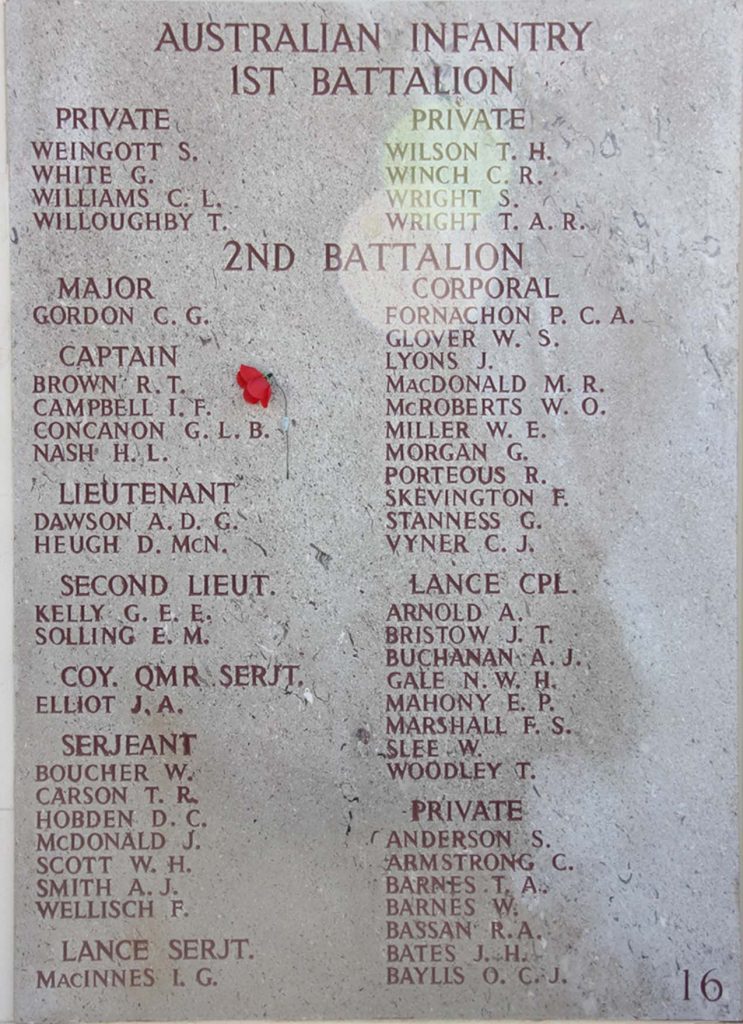
Panel 16 at Lone Pine Memorial taken by Ann Hallam 2015
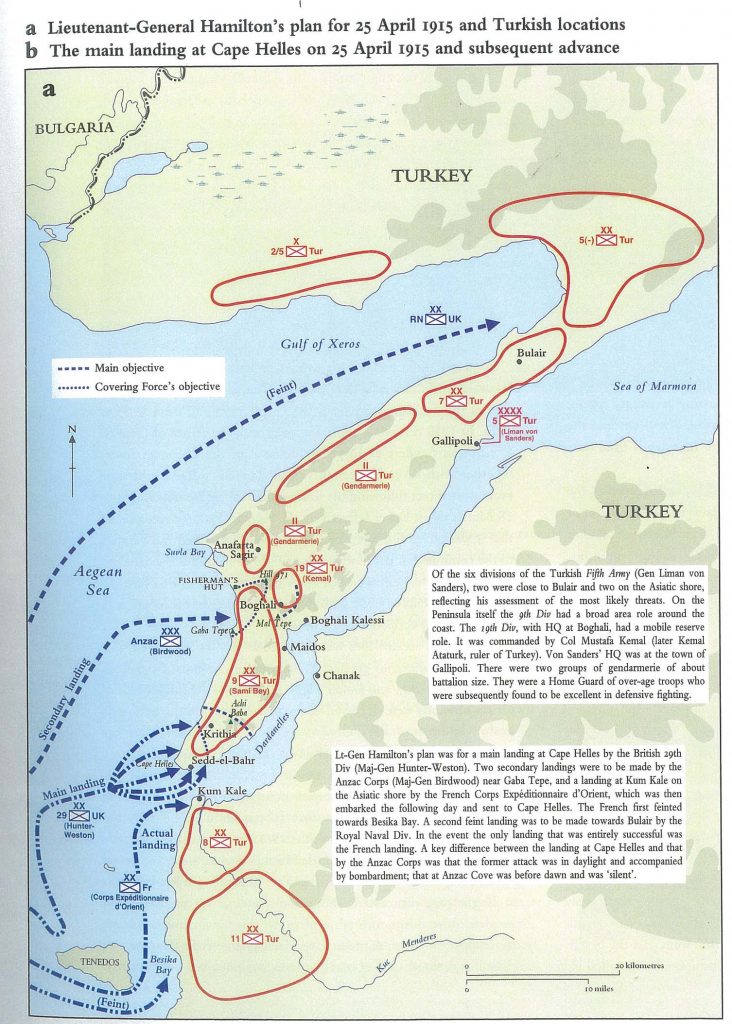
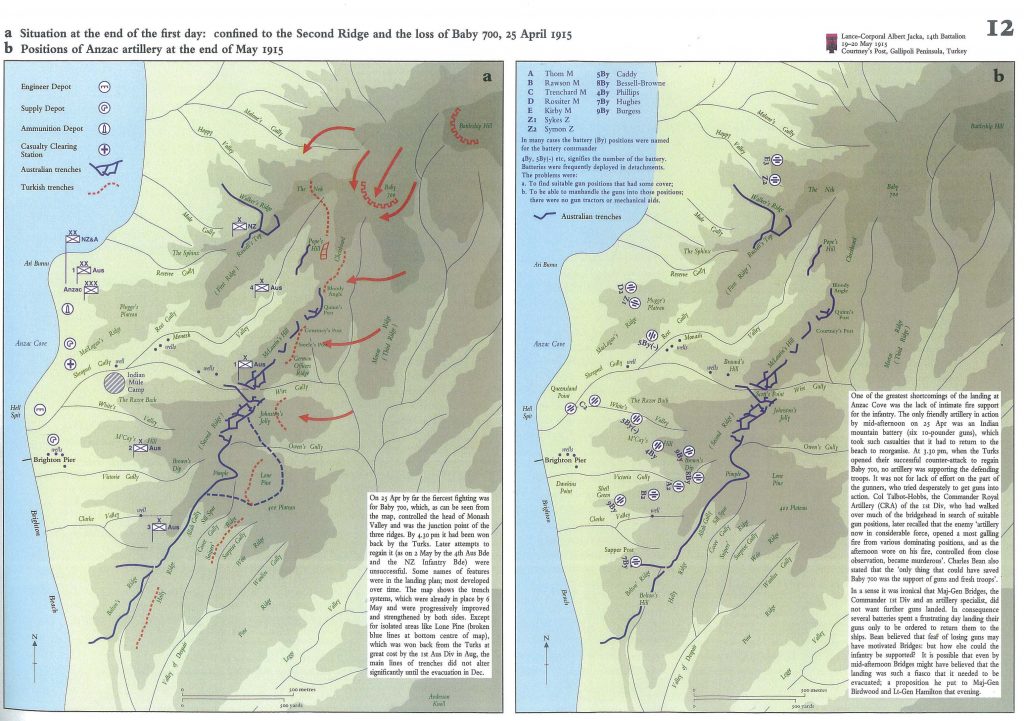
Gallipoli – positions at end of 25 April 1915
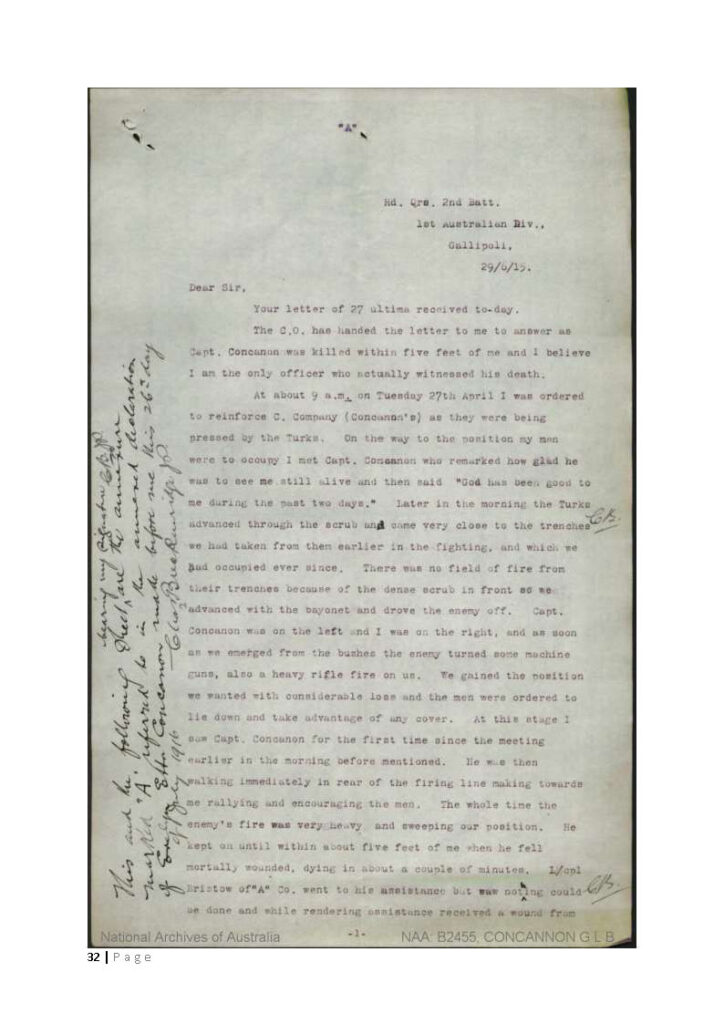
Letter to Mrs Concannon from Captain R Harrison Adjutant 2nd Battalion, 1st Division in June 1915
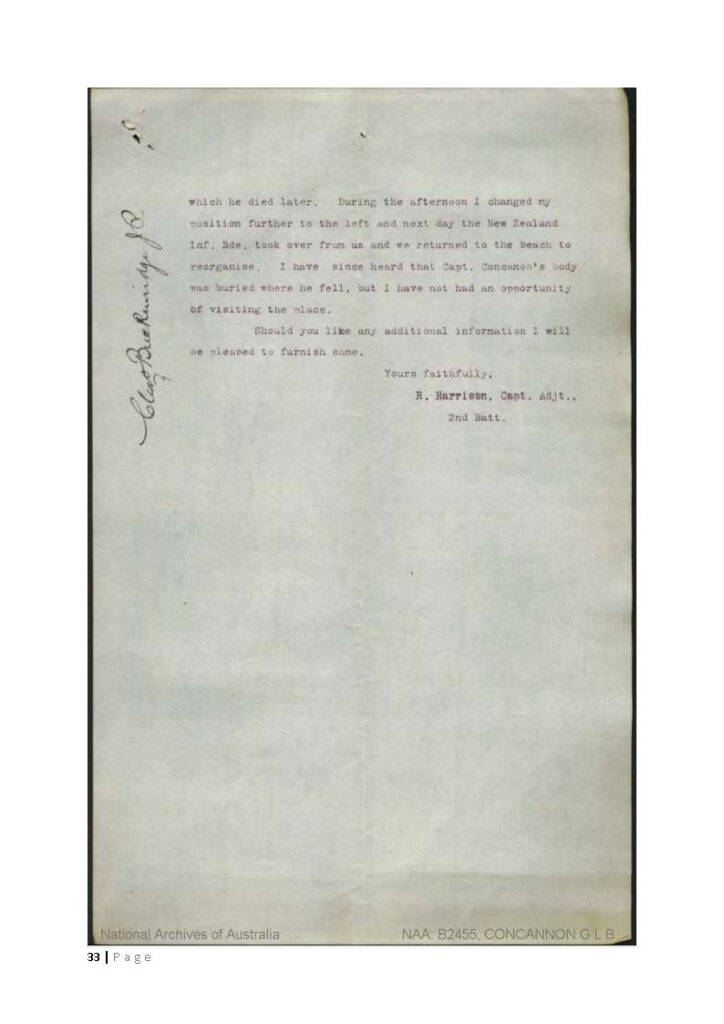
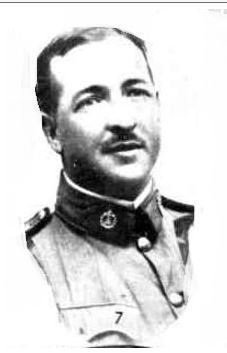
George Lewis Blake Concannon
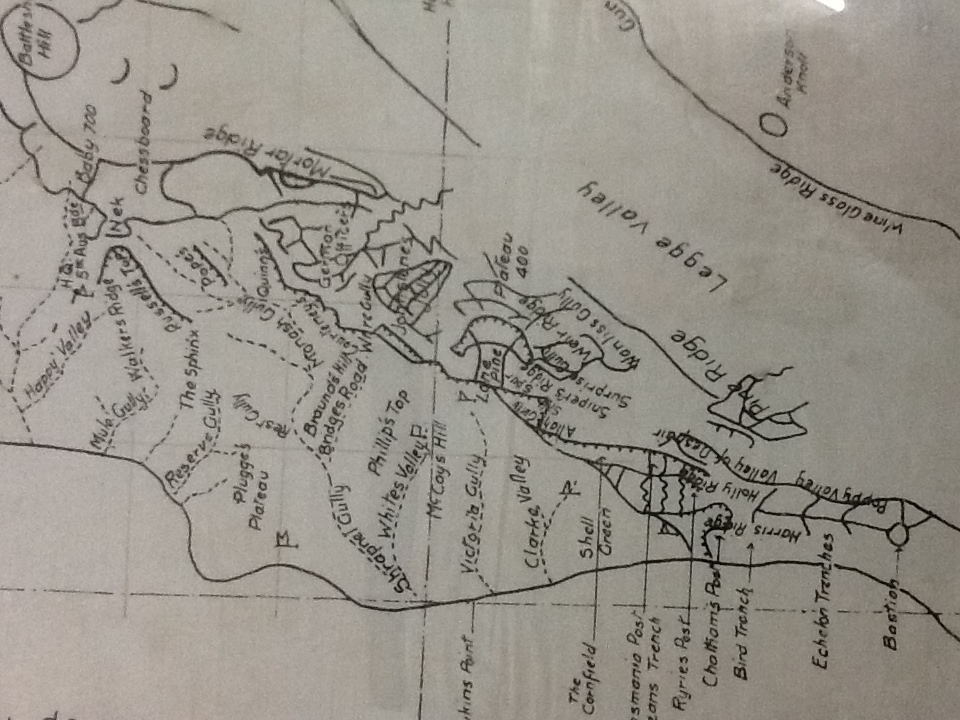
Sketch Map of Gallipoli showing locations including Russel’s Top, courtesy London National Archives


